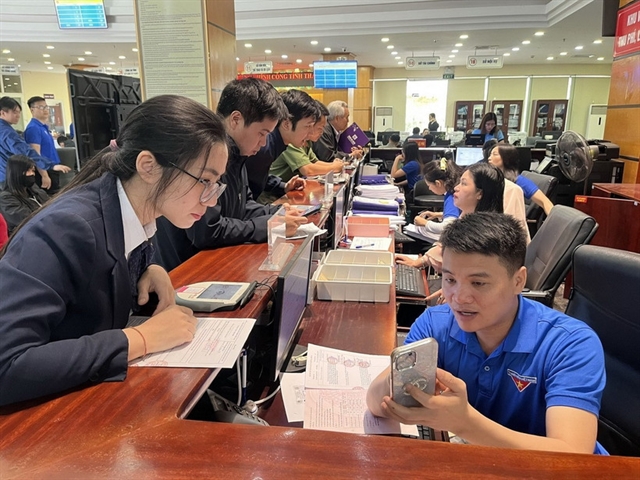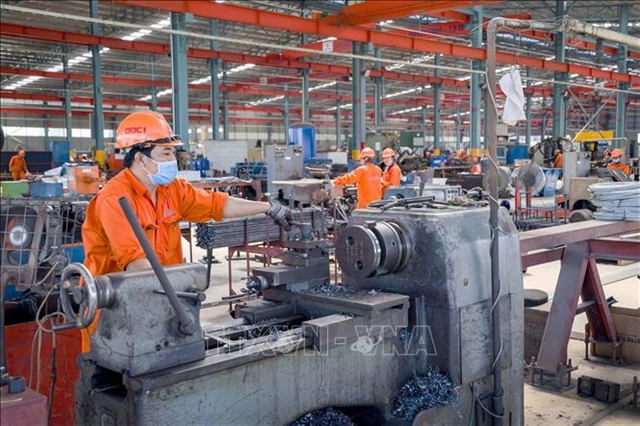 Opinion
Opinion

 |
Since 2013, the Việt Nam Road Directorate and departments of transport have repaired more than 76.8 million square metres of road surface, equivalent to 10,970 kilometres of seven-metre wide roads. In addition, thousands of cracks, sinking points and other damage have been repaired. Over 1,030 weak bridges have also been upgraded.
Thousands of hot spots of traffic accidents have been handled, millions of metres of traffic barriers and tens of thousands of traffic signals have been replaced.
Another important result was that the directorate completed the management criteria which will serve as a legal basis for the country’s road maintenance.
In all, maintenance work has become more active, efficient in terms of capital utilisation, extending the lifespan of road infrastructure, enhancing traffic safety and order and reducing accident risks.
Public opinion is concerned about transparency in the use of investment capital. Could you tell us how the fund has been used since it was put into operation?
It can be said that the use of the Road Maintenance Fund always complies with legal provisions and ensures its transparency.
Specifically, the selection of contractors to repair road surfaces or carry out construction work, consult, design and supervise projects has been implemented in accordance with the Law on Procurement. Repair packages worth from VNĐ1 billion (US$43,990) and consulting packages valued at VNĐ500 million ($21,990) or more are opened to public bidding.
Since 2013, the directorate has piloted four bidding packages worth VNĐ80 million ($3,520) per kilometre a year. Four national highways (10, 9, 26 and 1) passing through the southern province of Bạc Liêu have cut their maintenance costs.
The directorate has developed a bidding plan based on the Party and State’s cost transparency guidelines. Of 129 bidding packages, 115 have implemented management and regular maintenance services and 14 have implemented periodical repair work and regular maintenance.
The total estimated cost of 129 packages was VNĐ1.45 trillion ($63.7 million). The total winning value of these packages was VNĐ1.37 trillion ($60.2 million), saving VNĐ82.05 billion ($3.6 million).
Could you tell about the challenges of using the Road Maintenance Fund?
The first difficulty is that there are many legal documents hampering management of the fund.
Second, the need for the fund seems to be huge, but it can only meet part of it. For example, regular maintenance meets only 44 per cent of the workload on the national highways.
Third, the application of new science and technology to the maintenance management has been accelerated since 2015. However, it still does not meet expectations mostly because some units are not proactive and ready for innovation.
The directorate has asked the ministries, branches and localities to resolve legal difficulties, especially the abolition of regulations on public investment plans for maintenance work. In addition, the ministries should report to the Prime Minister soon on the pilot application of special mechanisms for road maintenance. – VNS




